Standard Treatment Impact Monitoring Protocol
Author: European Frog-bit Collaborative
Year: 2020
Shareability: Credit Required
Type: Protocol
Topic: Control, Management, Monitoring/ Sampling
Standard treatment impact monitoring protocols allow researchers, policy makers, and managers to evaluate the impacts of management actions on local, state-wide, and basin-wide scales and ensure that data is being collected in a suitable and consistent manner to meet the objectives of the management and monitoring program (Lindenmayer and Likens 2009). Without standard protocols, data collection methods differ on a site to site basis and cannot be compared beyond the specific treatment locality. Effective protocols include pre- and post-treatment assessments in managed (i.e., experimental) and unmanaged (i.e., control) locations. Standard data collection methods, pre- and post-treatment assessments, and the inclusion of unmanaged control areas allow managers to identify whether a management action or an outside influence (e.g., water-level fluctuation) is impacting a treated invasive species and to explore treatment impacts across spatial and temporal scales. To maximize their implementation, standard treatment impact monitoring protocols must address the resource (i.e., time, personnel, expertise, equipment) availability of local, state, and basin-wide managers.
